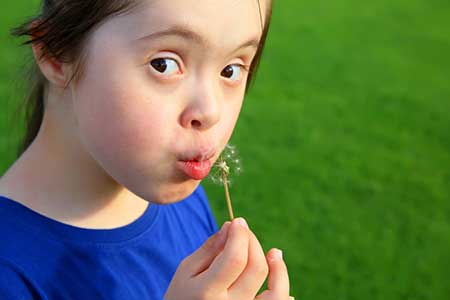Movement problems can happen for a variety of reasons, including disability, injury and illness. In these cases, physical therapy is often prescribed by a child’s or teen’s doctor. Whenever movement problems are limiting the daily tasks that a child can do, physical therapy–also called PT–is always considered as an option.
The goal of the physical therapist is to get a child to the point that he or she is able to handle everyday activities, while experiencing less pain and improved movement. By doing the right exercises, a child can regain range of motion and strength. Therapists can also help with the prevention of future injuries.
 Here is a look at reasons a doctor might prescribe physical therapy:
Here is a look at reasons a doctor might prescribe physical therapy:
- Developmental delays
- Injuries from sports
- Heart and lung problems
- Cerebral palsy
- Acute trauma
- Genetic disorders
- Muscle diseases
- Head injury
- Birth defects like spina bifida
- Orthopedic disabilities and injuries
- Problems with limbs
- Exposure before birth to drug and alcohol
The Benefits of Physical Therapy
Physical therapists work with children directly to help them with movement issues. They also work with parents to help each child reach his or her potential. Therapists know how critical it is that every child be able to explore and move through his or her environment. That’s how children learn and grow, step by step.
Children can profit from physical therapy in a variety of situations, including:
- On the playground, your son often trips and is slower than his peers. He just can’t keep up.
- Your son has cerebral palsy.
- After a round of chemotherapy, your son is weak and needs to get his strength back.
- Your daughter has had surgery or orthopedic braces fro club feet and a dislocated hip. She needs to learn how to move and needs to get strong.
- After a car accident, your daughter needs to learn how to move and walk again.
- Your child is a low fitness level and very little endurance.
- Your infant son tilts his head to the left. She doesn’t seem able to look in other directions and she might be getting a flat head.
- My daughter is almost one and seems behind others that age with developmental milestones.
How Physical Therapy Works
 A skilled physical therapist can call on a wide range of treatments when working with children who have movement difficulties. For example:
A skilled physical therapist can call on a wide range of treatments when working with children who have movement difficulties. For example:
- Adaptive play
- A program to help with safety and prevention issues
- Training that focuses on increasing strength after an injury
- Exercises that increase flexibility and range of motion
- Education on avoiding injuries
- Activities that focus on balance and coordination
- Boosting circulation around an injury to speed healing, with the use of heat, cold, electrical stimulation, massage, ultrasound and exercise
When a physical therapist works with a child, the visit might include:
- Pinpointing current and potential problems
- Measuring flexibility, strength and range of motion
- Analyzing the child’s gait, how she walks and runs
- Creating a home exercise plan
- Advising when it is safe to return to sports
- Consulting with other professionals, including medical psychiatric and at school about creating an individual education plan, called an IEP
Child Development Checklists and Developmental Sequences
If you would like more information on what may or may not be normal development, please visit our Physical Development Checklist page.
Do you have more questions?
If you think your child may qualify for our services, or if you’re just not sure, see How to Obtain Services. Or, just ask us! Call 928-776-9285, or email us using the form below.
